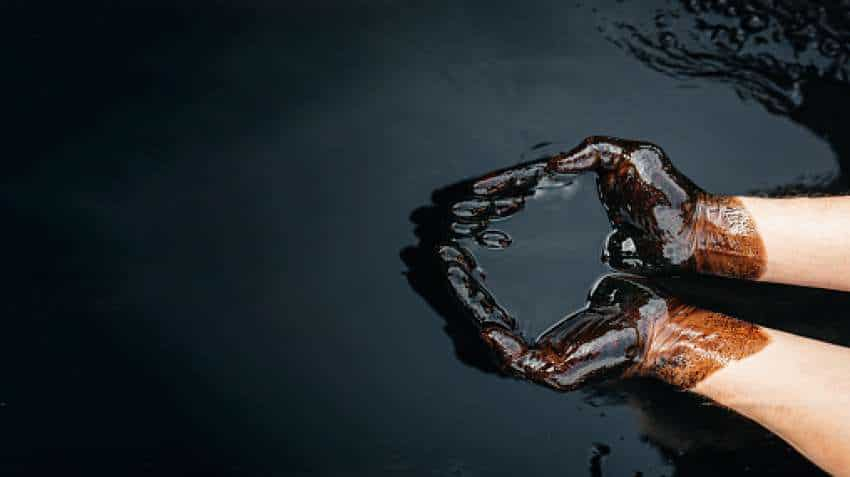2 Propylene, derivatives
Polypropylenes (PP) are various thermoplastic plastics or fibers that are
polymers of propylene. Polypropylene can be made into fibers, where it is a
major constituent in fabrics for home furnishings such as upholstery and
carpets. Numerous industrial end uses include rope and cordage, disposable
non-woven fabrics for diapers and medical applications. As a plastic,
polypropylene is molded into bottles for foods and personal care products,
95
appliance housings, dishwasher-proof food containers, toys, automobile
battery casings and outdoor furniture.
Polyurethanes are used to make the foam in furniture, mattresses, car
seats, building insulation, and coatings for floors, furniture and refrigerators.
They are also used in artificial sports tracks, jogging shoes, and in roller
blade wheels. (See also, Chapter 7.1.2.)
Figure 28. Olefins – propylene, derivatives
Acrylonitrile-butadiene-styrene (ABS) (see chapter 7.1.3).
Polyacrylonitrile (PAN) is a semi-crystalline polymer resin. Though it is
thermoplastic, it does not melt under normal conditions. It degrades before
melting. It is used to produce large variety of products including ultra-filtration
membranes, hollow fibers for reverse osmosis, fibers for textiles, and PAN
fibers that are the chemical precursor of carbon fiber.
Cumene is an aromatic derived from benzene and is used in turn to produce
polycarbonates, phenolic resins and essential healthcare products such as
aspirin and penicillin.
Methyl methacrylate (MMA). The principal application of methyl
methacrylate is the production of polymethyl methacrylate (PMMA) acrylic
plastics. Also, MMA is used for the production of the co-polymer methyl
96
methacrylate butadiene-styrene (MBS)
, used as a modifier for PVC. MMA
polymers and copolymers are used for waterborne coatings, such latex
house paint.
7.2.3 Butadiene, butylenes, and pygas, derivatives
Pygas, or pyrolysis gasoline, is a naphtha-range product with a high
aromatic content, used either for gasoline blending or as a feedstock for a
BTX extraction unit. Pygas is produced in an ethylene plant that processes
butane, naphtha or gasoil.
Figure 29. Olefins – butadiene, butylene, and pygas, derivatives
Styrene-butadiene (rubber) (SBR) (see Chapter 7.1.3.)
Methyl methacrylate (MMA) (see chapter 7.2.2
Polybutadiene is a synthetic rubber that is a polymer formed from the
polymerization of the monomer 1,3-butadiene. It has a high resistance to
wear and is used especially in the manufacture of tires. It has also been
used to coat or encapsulate electronic assemblies offering extremely high
electrical resistivity.
Polyisobutylene is a synthetic rubber, or elastomer. It is special because it
is the only rubber that is gas impermeable; it is the only rubber which can
hold air for long periods of time. Polyisobutylene, sometimes called butyl
97
rubber is a vinyl polymer, and is very similar to polyethylene and
polypropylene in structure.
Polybutylene (PB-1) is a high molecular weight, linear, isotactic, and semicrystalline polymer. PB-1 replaces materials like metal, rubber and
engineering polymers. Because of its specific properties it is mainly used in
pressure piping, flexible packaging, water heaters, compounding and hot
melt adhesives.
Methyl-tert-butyl-ether (MTBE) is used in gasoline to boost the octane
rating and to decrease toxic emissions in the exhaust. As an octane
enhancer, MTBE delivers high octane numbers at relatively low cost. A direct
effect of the use of MTBE is the reduction of both "regulated" emissions (CO,
unburned hydrocarbons) and "unregulated" emissions.


